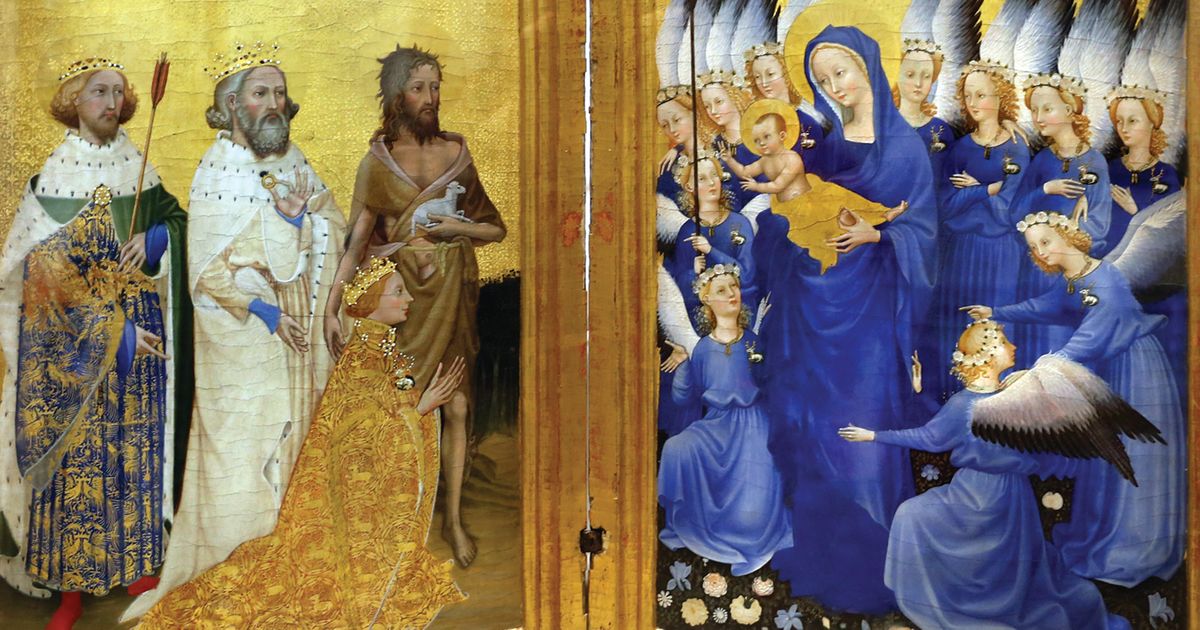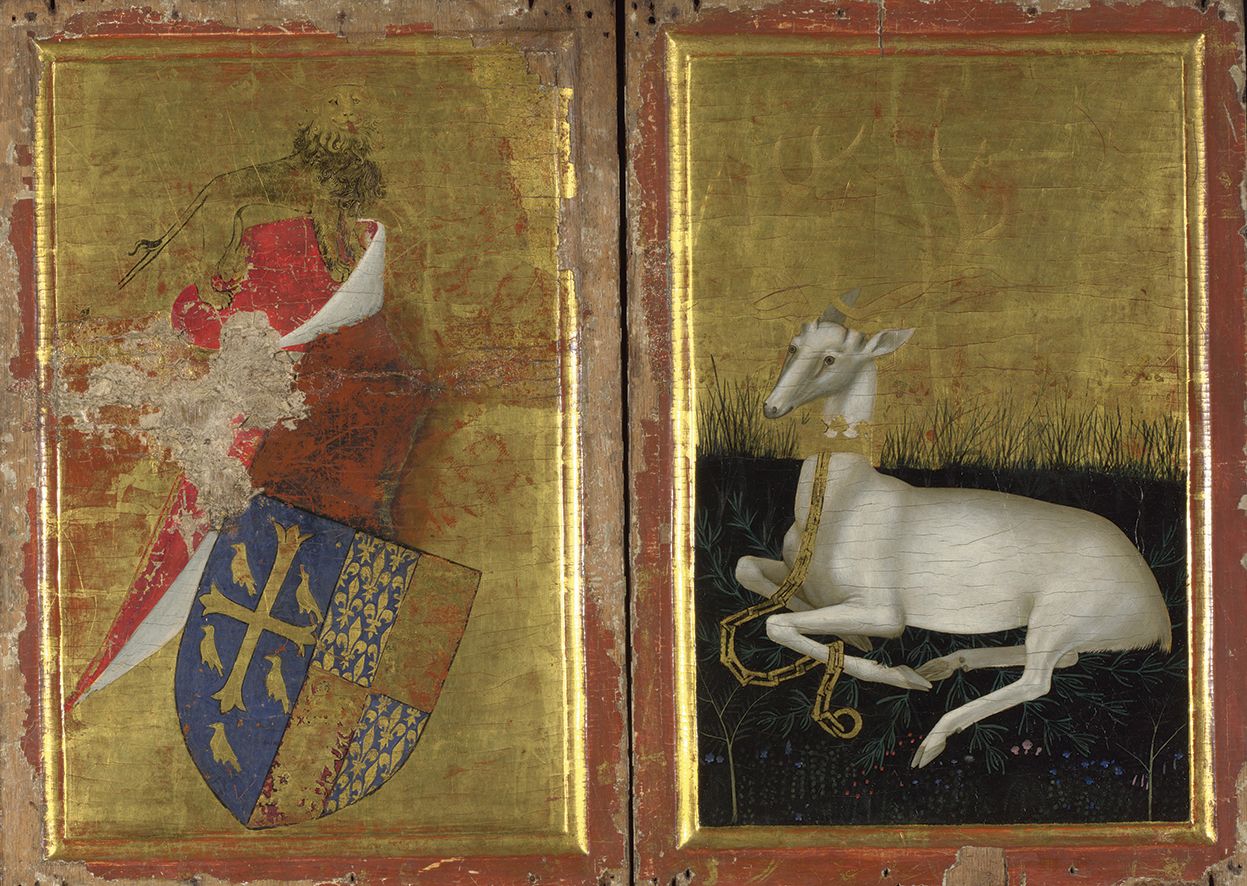
At the end of the day on Wednesday 18 March, I gathered all the gallery assistants on the mosaic staircase to address them before they went to change out of their uniforms. We had to close the gallery because of the coronavirus (Covid-19) pandemic and we weren’t sure for how long. I was grateful for their commitment and was very much looking forward to seeing them again soon. We all burst into spontaneous applause.
A successful year at the National Gallery came to a sudden halt, with the Titian Poesie exhibition—the dream show that had seemed like an impossible ambition even a few months earlier—cruelly curtailed, the Artemisia and Raphael exhibitions postponed, the gallery doors shut and all the staff sent home. Dozens of National Gallery paintings were trapped in exhibitions in museums across the world, which had also had to close at short notice. Within five days we were on national lockdown.
Immediately afterwards, all six of us in my household went down with the virus in quick succession, but mercifully it proved to be not much more than a couple of days in bed and, for me, not being able to relish the early morning aroma of Illy coffee from the tin for a few weeks, combined with that clingy exhaustion that has proved more difficult to shake off. For two of my former colleagues at the Prado (where I worked until 2015), both in their mid-fifties like me, Covid-19 proved fatal.
At the gallery we quickly metamorphosed into an online museum and ramped up our digital offering. In April, a massive number of our website visitors clicked on to the Virtual National Gallery tour. They wanted to be in the building in front of the pictures. And that is certainly where I wanted to be, too, instead of confined to my house.

A beacon for society
I pondered the question, what is the National Gallery if you can’t visit and you can’t see the pictures? Even during the Second World War, when the paintings were hidden for safekeeping in the bowels of the earth in Wales, the doors opened for weekday lunchtime concerts organised by the pianist Myra Hess at the behest of the director, Kenneth Clark, and not a day was missed. The gallery was perceived as a beacon for the common cultural values of society, and Clark recalled of the first concert that as the first notes of Beethoven’s Appassionata struck up: “It was an assurance that all our sufferings were not in vain.”
This is an enduring piece of National Gallery mythology and I felt that it shouldered us with the weighty responsibility of restoring “the nation’s pictures to the nation”, as we put it, as soon as we possibly could. It became even clearer to me that the pictures we hold in trust from previous generations are of universal significance, of immense cultural importance, and of aching aesthetic beauty, and it is an almost sacred duty to protect and share the collection, and to ensure we hand it on as a legacy to future generations.
Bittersweet return
I visited the gallery for the first time again in early May and as I crossed the threshold from a De Chirico-like empty Trafalgar Square I was overcome with emotion. I was drawn first to the Wilton Diptych, which in the Sainsbury Wing’s half-light, with its tooled gold surfaces flickering, looked to me like a lantern that had shone through six centuries down to that very day. Then to Jacopo Bassano’s Good Samaritan, which spoke to me of the extraordinary acts of selfless service and solidarity that we have all witnessed during the pandemic. At a time of such massive uncertainty, museums provide a sense of continuity with a time before and a time that will come; they inspire solace, engagement and a certain confidence that we can make it through the crisis. The gallery reopened on 8 July to a collective sigh of joy and relief, hosting new displays, a spectacularly refurbished Julia and Hans Rausing Room, and some much-appreciated prescribed visitor routes.
For museums, the future is uncertain. We have lost around 85% of our visitors and the predictions suggest we will not return to pre-Covid visitor levels until 2024. Like many museums across Europe, we are now in our second lockdown, and the financial model we operate under has been hit hard. But we are working closely with government and with each other to find a pathway through the pandemic. We will become more discerning and more selective about where we deploy our human, intellectual and financial resources. We will all be more socially aware and even more conscious that we have a responsibility to act in a measured and thoughtful manner. There will be even greater solidarity across the museum sector in this country and internationally.
I am anxious to open the doors again to welcome people back to Artemisia and Titian. And to the Wilton Diptych, which belongs to them and to people of the future.
• Gabriele Finaldi is director of the National Gallery, London
Source link : https://www.theartnewspaper.com/comment/museums-have-a-responsibility-to-the-people












